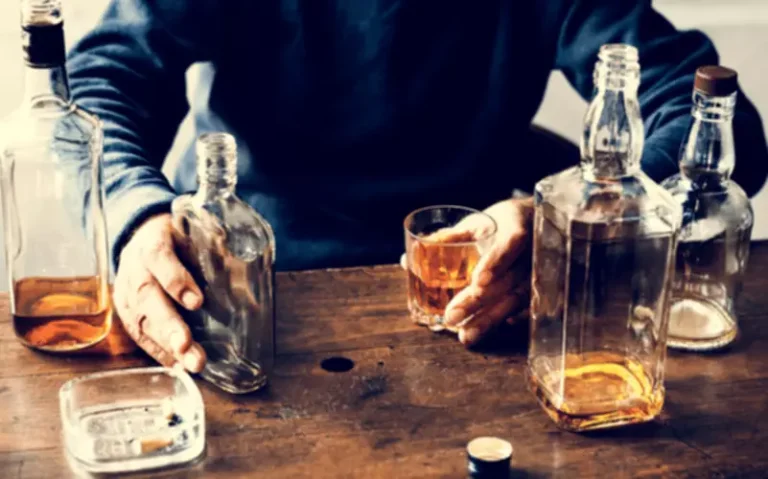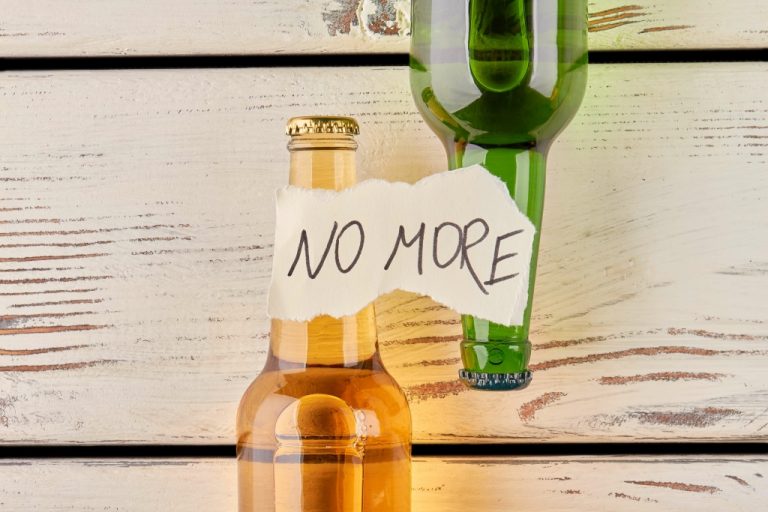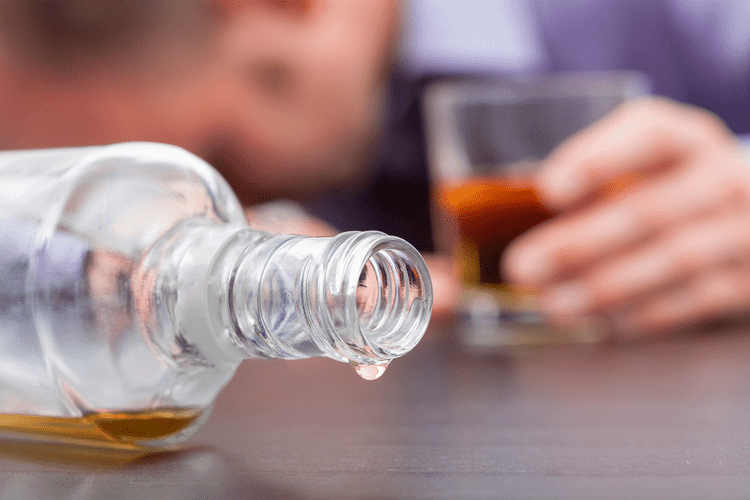
By understanding the wide-ranging effects of alcohol on the body, including eye health, we tailor our treatment approaches to ensure a comprehensive recovery process. Heavy drinking can lead to long-term effects on the eyes that can range in severity from rapid eye movement to vision loss and blindness. why does alcohol cause impaired vision Now that you know what the effects of over-indulgence of alcohol and long-term excessive drinking, you will be aware of how it can affect the eye and eyesight. This is in addition to the problems arising with other organs and the health of the whole body from excessive or long-term alcohol abuse.
- Treatments can vary based on how alcohol has affected a person’s eyes and optic nerve.
- Drivers with a BAC of 0.08 or more are 11 times more likely to be killed in a single-vehicle crash than non-drinking drivers.
- This usually goes away after a short time and is temporary, along with a hangover and headache.
Examples of eye symptoms to check with a doctor
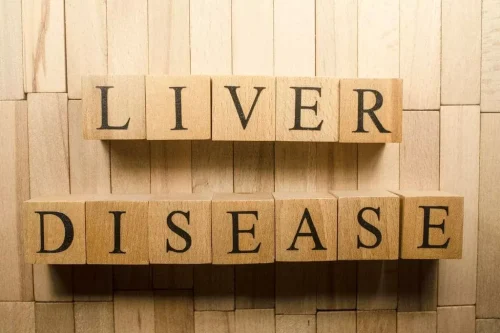
Methanol reacts with normal biological eye processes, leading to permanent damage of vital nerves that send images to the brain. Even with treatment, over 30% of individuals will still have some permanent damage. Alcoholic beverages such as beer, wine, and distilled spirits contain ethyl alcohol or ethanol. Though rare, deceitful alcohol makers can use methanol in place of alcohol as they physically appear similar. However, a small amount of methanol consumption can lead to permanent vision loss if diagnosed late.

Short-term effects of alcohol on the eyes and sight
The presence of a specific type of nystagmus (rhythmic involuntary eye movements) can actually help police decide whether to arrest a driver for drinking and driving. Your overall visual performance may be altered since drinking heavily impairs brain function. Your vision relies on a few different functions that your brain and eyes carry out, and alcohol impairs more than one of these functions. These are short-term effects that can begin while you are drinking, and can last for several hours afterward.
Eyes and Alcohol: The Effects of Drinking
- If you’re concerned about drinking and your eye health, consider speaking with a doctor about ways you may be able to limit your intake.
- For many, these issues are deeply intertwined with personal experiences, trauma, or stressors that may not be obvious at first glance.
- Considerable progress has been recorded in the understanding of the brain processes that assist in the eye movement control.
- Intoxication also played a role in 13% of all non-fatal boating injuries and property damage, which totaled $63 million in 2023.
- The participants were to perform a horizontal saccade in the direction of a target, and selective attention was measured by the fixations and saccadic movements during the performance of the task.
If you find yourself squinting or closing your eyes frequently due to discomfort, it’s a sign that alcohol is affecting your ocular health. Managing your alcohol intake can help alleviate these symptoms and protect your eyes from further strain. Over time, excessive alcohol use can cause lasting damage to the eye that may promote conditions of vision loss and unusual eye movement. Due to conflicting evidence on the role alcohol may play in chronic vision conditions, more research is necessary to clarify the long-term effects of heavy alcohol use on the eyes.
- A person who experiences vision issues should see an ophthalmologist — a doctor specializing in eye care.
- While it’s unclear whether there’s a direct cause-and-effect relationship between drinking alcohol and AMD, research suggests that alcohol consumption may worsen this eye disease.
- Excessive alcohol consumption can speed up the onset of macular degeneration, which deteriorates the central part of the retina.
- Let Little Creek Recovery Center guide you down the right path to recovery, personal growth, and long-term sobriety.
- These effects of alcohol on the CNS may result in alterations in the visual system that are related, for instance, to color perception [6], contrast sensitivity [2], as well as on eye movements [5, 17, 18].
- The goal of treatment is to help prevent AMD progression while also preserving your central vision.
Short-term effects of alcohol on vision clear on their own as you sober up. However, long-term conditions require treatment by ophthalmologists. A 2021 population-based study of more than 77,000 people found that 30% of those who consumed alcohol reported symptomatic dry eye.
This article describes the potential effects of alcohol on your eyes. It’s no secret that excessive alcohol consumption can lead to a number of health risks, including liver damage, anemia, cardiovascular disease, and depression. Not many would think that too much alcohol could cause permanent vision damage. The long-term effects of alcohol on your eyes can seem daunting and sometimes feel irreversible, but it’s important not to panic. Getting help from professionals at inpatient alcohol rehab in Pennsylvania, can allow you to focus on managing your addiction while your doctors address eye health concerns early and effectively.
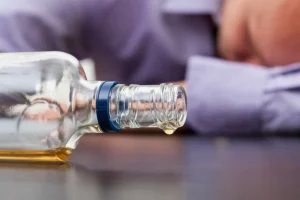
What Treatments Are Available?
Individuals who consume alcohol are more likely to develop AMD that progressively gets worse leading to blindness in some cases. Although we typically avoid language like this, specificity is key when reporting on research participants and clinical findings. According to a 2016 meta-analysis, alcohol can contribute to DED through multiple mechanisms and is a significant risk factor for it.

Methanol is used in some hand sanitizers instead of ethyl alcohol. In some cases, methanol poisoning can occur as a result of drinking homemade alcohol or moonshine. Koob also recommended avoiding alcoholic beverages while piloting a boat, driving a car, exploring the wilderness, and swimming or surfing. If you answer yes to even one or two of these questions, Lin recommends speaking to your primary care physician or seeing an addiction specialist. Treatments can include medication and counseling, and it may be possible for you to moderate your drinking rather than quit altogether.
How Does Alcohol Affect Vision and Eyesight?
All content on the Academy’s website is protected by copyright law and the Terms of Service. This content may not be reproduced, copied, or put into any artificial intelligence program, including large language and generative AI models, without permission from the Academy. Eye movements parameters of young adults in the Visual Maze Test in both conditions.


